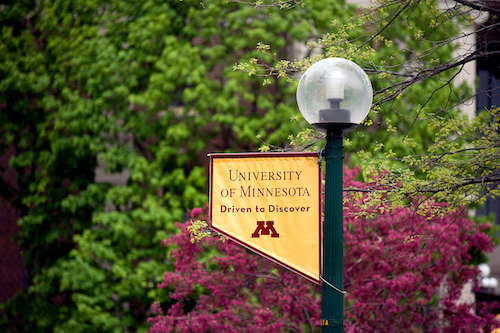
StudyFinder
Defining Clinical Endpoints in LGMD

Status: Recruiting
Limb Girdle Muscular Dystrophy comprise a group of disorders made up of over 30 mutations which share a common phenotype of progressive weakness of the shoulder and hip girdle muscles. While the individual genetic mutations are rare, as a cohort, LGMDs are one of the four most common muscular dystrophies. The overall goal of project 1 is to define the key phenotypes as measured by standard clinical outcome assessments (COAs) for limb girdle muscular dystrophies (LGMD) to hasten therapeutic development.
Age: Not specified
Healthy Volunteers:
Inclusion Criteria:
• 4 to 65 years of age
• diagnosis of Muscular Dystrophy with weakness in either a limb-girdle pattern, or in a arm or leg
• confirmed mutation in ANO5, CAPN3, DYSF, DNAJB6 or SGCA-G.
Exclusion Criteria:
• bleeding disorder, platelet count less than 50,000, or currently taking an anticoagulant.
• women who are pregnant
• other illness that would interfere clinical trial (study staff will review)
Conditions:
Rare Diseases
Keywords:
Limb Girdle Muscular Dystrophy, Limb-Girdle Muscular Dystrophy (LGMD), Muscular Dystrophy
Contact(s): Allison Johnston - joh21779@umn.edu
Principal Investigator: Peter Kang
IRB Number: SITE00001632
System ID: 39368
See this study on ClinicalTrials.gov